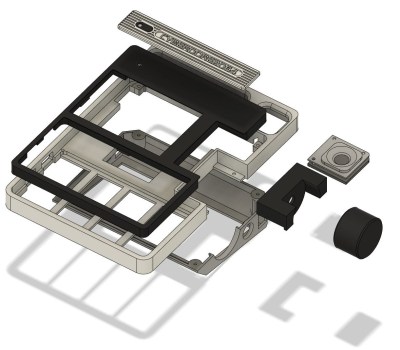Computers were supposed to be personal, customizable, and cool. At times, in this cold modern world, we forget that. However, the cyberdeck scene is chock full of people building creative, original computers that suit their own tastes, aesthetics, and needs. [DIY Tinkerer] is one such individual, and he made the most of his woodworking skills when it came time to build his own cyberdeck!
The technological basics are along the lines of what we’re used to in this field. The build is based around a Raspberry Pi 4, with [DIY Tinkerer] selecting an 8 GB model for his needs. It’s paired with a 9000 mAh onboard battery, and there’s a power jack on the front to let the thing run on anything from 5 to 20 volts DC. For ease of use, there’s a multi-memory card reader and several USB 3 ports available.
The rest of the video focuses on the woodworking side of things. [DIY Tinkerer] shows us how he managed to build a new housing out of a rugged plastic case that would also be practical to use. The final product is both functional and attractive, and comes with an oscilloscope built in to boot! It came a long way from his earlier build, too.




















